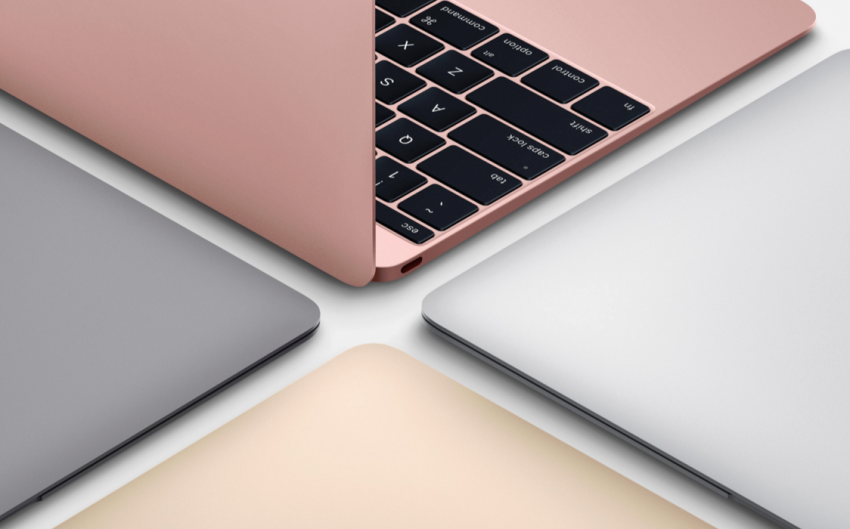Laptops aren’t what you’d call gaming-friendly devices, especially Apple’s MacBooks. Not even the MacBook Pros can handle the graphic requirements of the best games out there. And while you can buy a laptop made for gaming, these devices won’t also feature the same slim design you’d be looking for in a laptop. But this week, Nvidia has unveiled technology that will allow device makers to include GTX 1080 GPUs without sacrificing design. In theory, Nvidia’s Max-Q tech would let even Apple add gaming capabilities to the MacBook Pro.
In practice, that’s a bit harder for a company that wants to control everything. To make slim laptops run Max-Q GTX 1080 cards, manufacturers will have to work closely with Nvidia on design. There are certain thermal and audio requirements these ultra-thin laptops would have to meet.
Max-Q is a software solution, The Verge explains. With Max-Q, GTX 1080 cards will consume half the power they normally would, which means Nvidia can achieve 90% of the standard performance you’d find on a desktop with a GTX 1080 card in a lighter, slimmer device.
Laptop makers are already announcing Max-Q designs at Computex, and the Asus Zephyrus is one such creation. The device is just 17.9mm thick and features a GTX 1080 GPU, a 120GHz G-Sync monitor, and fans that run at below 39dBA. For comparison purposes, the MacBook Pro is 14.9mm thick.
The Zephyrus features a bidirectional thermal system on the edges and above the keyboard. Furthermore, the back of the laptop widens when you open the lid to allow extra airflow.
The first Max-Q designs are supposed to ship this June but don’t hold your breath for any MacBook to adopt it. We’ll probably have to wait a while longer for MacBooks to deliver a great gaming experience. At least you can still connect external desktop GPUs to your MacBook to enhance your gaming experience until that happens.








